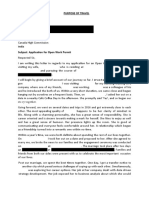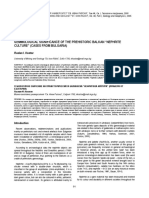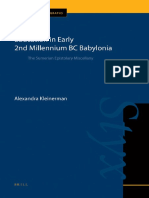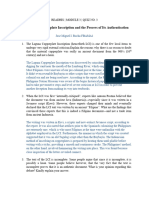0% found this document useful (0 votes)
98 views6 pagesMalta
This document provides a summary of the history of Malta from its earliest inhabitants in around 5900 BC through Malta gaining independence in 1964. It discusses the various civilizations that inhabited and ruled Malta, including the first Neolithic farmers, a later civilization that built Megalithic Temples between 3850-2350 BC, Bronze Age warriors, Phoenicians, Romans, Byzantines, Arabs, Normans, the Order of St. John, and ultimately British rule. Climate change caused the islands to become uninhabited for around 1000 years between the first and second waves of settlers.
Uploaded by
Virat GadhviCopyright
© © All Rights Reserved
We take content rights seriously. If you suspect this is your content, claim it here.
Available Formats
Download as DOCX, PDF, TXT or read online on Scribd
0% found this document useful (0 votes)
98 views6 pagesMalta
This document provides a summary of the history of Malta from its earliest inhabitants in around 5900 BC through Malta gaining independence in 1964. It discusses the various civilizations that inhabited and ruled Malta, including the first Neolithic farmers, a later civilization that built Megalithic Temples between 3850-2350 BC, Bronze Age warriors, Phoenicians, Romans, Byzantines, Arabs, Normans, the Order of St. John, and ultimately British rule. Climate change caused the islands to become uninhabited for around 1000 years between the first and second waves of settlers.
Uploaded by
Virat GadhviCopyright
© © All Rights Reserved
We take content rights seriously. If you suspect this is your content, claim it here.
Available Formats
Download as DOCX, PDF, TXT or read online on Scribd
/ 6










































